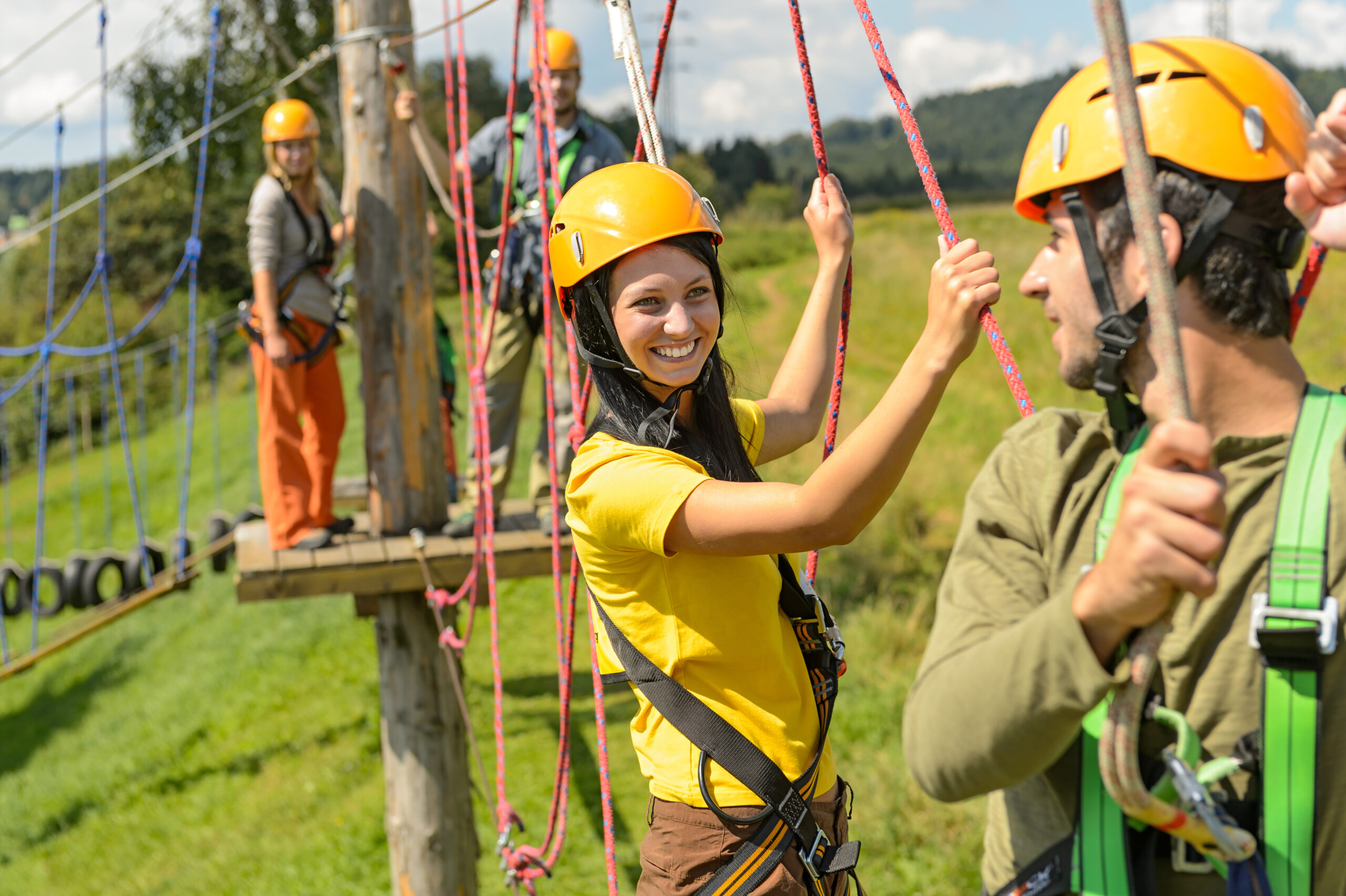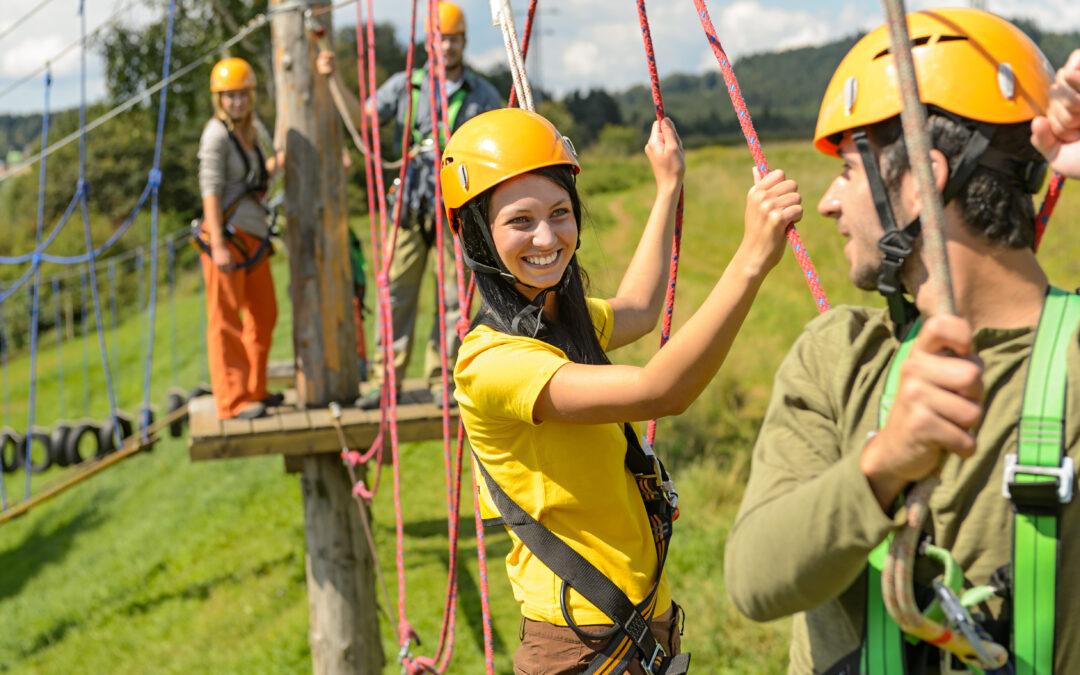In a world where natural disasters can strike at any moment, being prepared is not just prudent; it’s essential. Creating an effective emergency preparedness plan involves understanding your vulnerabilities, assembling an emergency kit, and establishing clear communication strategies. Here’s how to navigate these crucial elements and safeguard your family.
*Understanding the Risks: Assessing Your Vulnerabilities**
Every community faces unique risks based on geographical location, climate, and local infrastructure. Begin by assessing the potential threats around you—earthquakes, floods, hurricanes, or wildfires. Does your area frequently experience severe storms? Are you near a fault line? Take into account any personal circumstances too, such as whether you have small children or elderly family members who may require extra assistance during emergencies. Conducting a thorough risk assessment allows you to prioritize which scenarios demand the most attention in your preparedness plan.
*Building Your Emergency Kit: Essential Supplies for Every Family**
Once you’ve identified potential hazards, it’s time to build an emergency kit tailored to your family’s needs. A well-stocked kit should include essentials like non-perishable food items (think canned goods and energy bars), bottled water (one gallon per person per day for at least three days), first-aid supplies, flashlights with extra batteries, a multi-tool or knife, and important documents stored in waterproof bags.
Don’t forget personal items! Include medications that family members rely on daily and any necessary medical supplies. Additionally, pack hygiene products such as hand sanitizer and wet wipes—comfort items can make all the difference during stressful times. Remember that kits should be reviewed regularly—replace expired items and adjust contents as needed when life circumstances change.
*Creating an Action Plan: Steps to Take Before, During, and After a Disaster**
Having an action plan is vital for effective response during emergencies. Start by determining safe evacuation routes from your home and identify local shelters where you could seek refuge if necessary. Discuss these plans with each family member so everyone knows what to do when disaster strikes.

During a crisis, keep calm but remain proactive—whether that means moving quickly to higher ground in case of flooding or securing yourself indoors during severe weather conditions. Afterward, assess your safety before reuniting with loved ones if separated; check in on neighbors too—it fosters community resilience.
Thank you for reading this post, don't forget to subscribe NOW for FREE!
*Communication Strategies: Keeping in Touch When It Matters Most**
In times of chaos, staying connected is key for emotional support and ensuring everyone’s safety. Designate one out-of-town contact for family members to reach out to; sometimes cell networks are overwhelmed locally but may work better long-distance. Make sure every family member has this contact’s information saved in their phones—or written down—in case technology fails.
Consider investing in portable chargers or solar-powered devices as well; they can help keep lines of communication open even amidst power outages.
*Regular Drills and Updates: Ensuring Your Plan Remains Effective**
An emergency preparedness plan is only as good as its implementation! Schedule regular drills so that each family member practices their roles; it builds confidence while reinforcing what needs to be done under pressure. Review your plan annually—update contact information and replenish supplies in your emergency kit accordingly.
Preparedness is about more than just having supplies ready—it involves cultivating awareness within yourself and those around you too. By taking these steps today, you’ll create a strong foundation that empowers your family when disaster strikes tomorrow!






